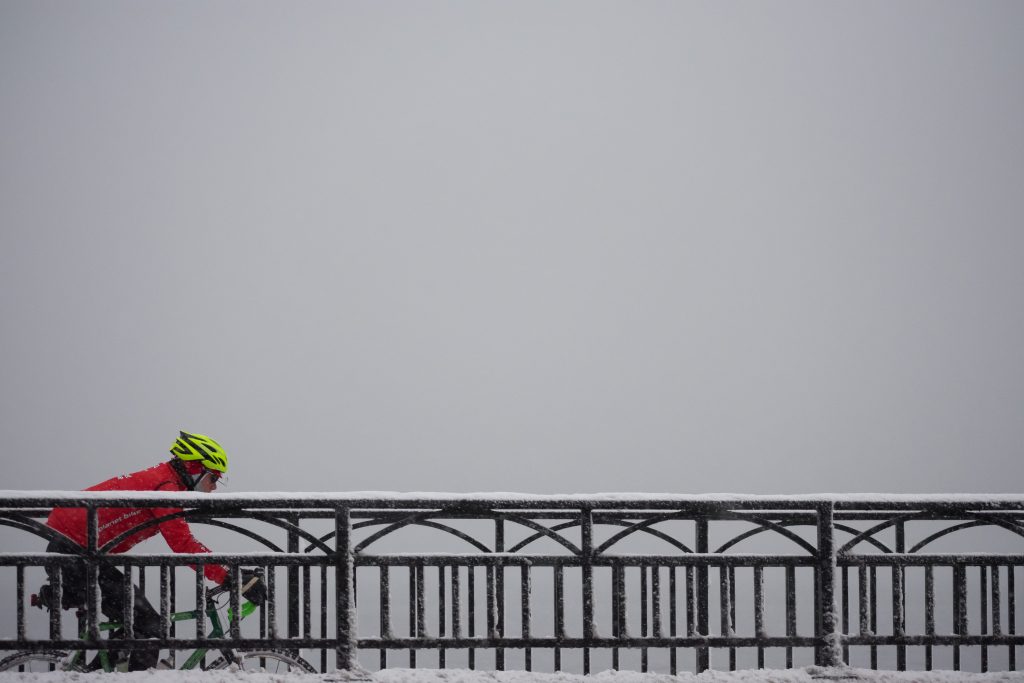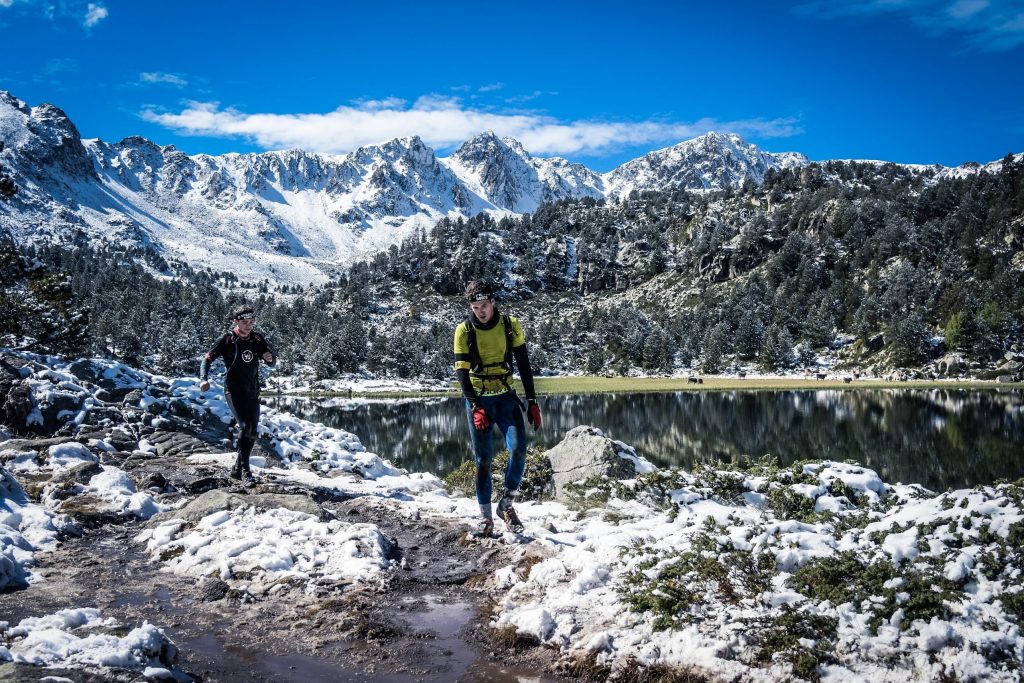Five ways to make the most of winter training
So what do winter miles really equal?
Anyone who has previously trained over the winter months for the upcoming triathlon season will be well aware that the majority of your fitness I.e. The base that you build your race specific speed and strength off, comes from putting in the hours over the winter. The cold and dreary period between October and March is one most triathletes dread, with no triathlon racing to keep them motivated and the dwindling daylight hours meaning most training is by torchlight or floodlit.
However, the famous endurance athletes saying “Winter Miles = Summer Smiles” carries an important message – you cannot expect to race well in the Summer without putting in the grind over the Winter. That’s why to help you through this especially tough period of isolation and winter, we’ve put together five tips on how to make the most of this period.
1 – Improve your strength.
A core or strength training programme is often the most neglected and forgotten about aspect of a triathlete’s weekly schedule. After all, how many people can honestly say that after getting back from a miserable run, the first thing they want to do is knock out some sit ups? However, strength routines benefit and supplement an individual’s programme in a number of ways. Every swimmer, cyclist and runner worth their salt is well aware that a strong core is fundamental to good form, and without it injuries are more common due to biomechanical issues caused by weaknesses. Similarly, putting in the hours in the gym can be the difference between your body breaking down and a consistent winter. There is a plentiful supply of core routines on the internet which are simple enough to encompass into your programme, but when it comes to weight training it is important to consult a knowledgeable individual to avoid doing yourself more harm than good. Additionally, if you are cautious about using weights and weight machines, 2020 ITU World Champion Georgia Taylor – Brown has put together some great exercises that will keep you strong – watch here
2 – Improve your aerobic ability
Once you have built up your general strength, your body is more likely to be able to handle a higher volume of training. Winter time is a great period to not panic too much about the high intensity track session or rides, but to instead focus on building your aerobic base through easier and steadier swims, bikes and runs. Whilst it’s important not to completely forget about any sessions with intensity, by focusing on building your aerobic ability you will enable your body to work at faster paces whilst maintaining a lower heart rate/intensity effort come summer. The article by ‘training for endurance’ here explains the basics of aerobic base training and goes into intrinsic detail on its benefits for endurance training.

3 – Improve your form
Improving your form and building your strength go hand in hand. However, you can improve your form through a variety of approaches that isn’t just limited to core and strength training.
When it comes to running, hill repetitions are your new best friend. Running uphill at a high intensity is close to impossible to do with poor technique, as the straight back and driving knees required to run well are hard to avoid when sprinting up an incline. A good session to do is two sets of a pyramid of 15s – 30s – 45s – 30s – 15s with a jog down recovery as your rest. Whilst any hill is good, I would recommend doing this session on a trail, as running downhill on road can be painful on your legs.
On the bike, over gear work (working at a low cadence I.e. harder gear than normal) improves cycling form as well as strength. In former Ironman World Record Holder Tim Don’s “Inside Specialized Triathlon” vlog, he explained that one of his favorite sessions was an over gear workout as it gave him “the most bang for your buck”.
When it comes to the pool, the best way to improve your technique/form is by having a coach on deck to analyse your stroke and provide you with feedback during the session.
4 – Have Fun
Moving away from the more serious and scientific approaches to training, the winter is a great time to just enjoy yourself. With generally poor weather conditions here in the UK, sometimes the safest option is to get away from the roads and hit the trails. Not only is mountain biking a whole heap of fun, it’s also a perfect way to improve your bike handling skills without even trying. Likewise, trail running beats pounding the pavement every day of the week, and is a good way to explore the less accessible places in your local area. Training doesn’t have to be a religious devotion to a rigorous programme and boredom doesn’t equal results. The brilliant Richard Murray is a keen mountain biker, whilst the Strava’s of the Norwegian trio Casper Stornes, Gustav Iden and Kristian Blummenfelt are full of easy and relaxed runs on mountain trails.

5 – Become More Knowledgeable
Whilst this may seem like a strange suggestion, learning more about your sport and training is a great way to spend your free time over the winter (and especially during isolation). There is a number of different sources of information available, ranging from podcasts to books to blogs. Here is a set of them that I would highly recommend:
Podcast – “Be With Champions” podcast by the legendary Australian Triathlete Greg Bennett, available on Spotify and Apple Podcasts.
Book – “100 Bedtime Stories for Triathletes” by Allan Pitman.
Blogs – Any article ever written by Brett “The Doc” Sutton, undoubtedly the greatest coach of all time, in any sport. https://www.trisutto.com/en/teams/trisutto
Enjoy these resources and make the most of this winter. You’ll thank yourself come summer.





